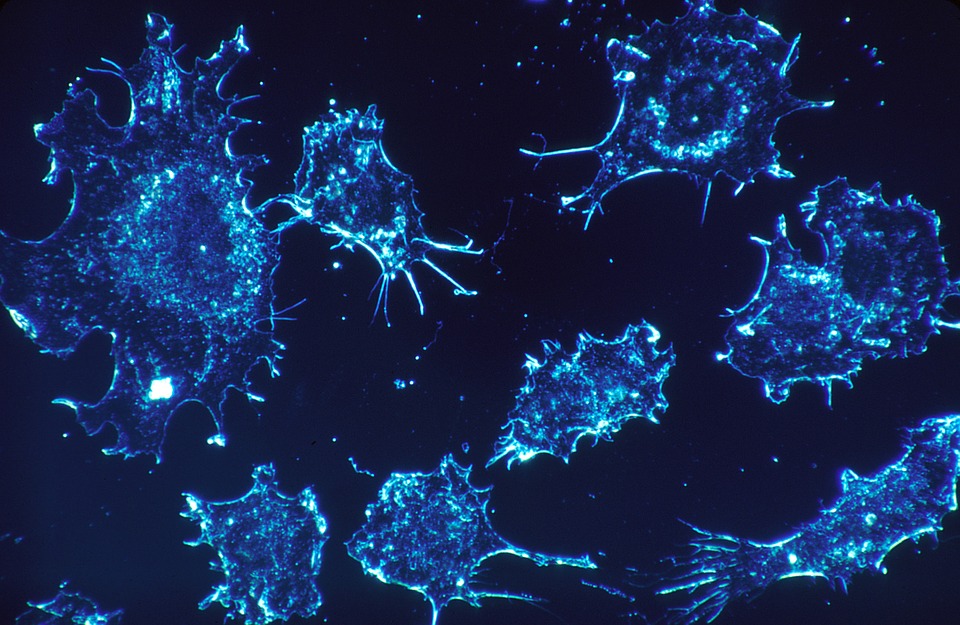A group of researchers has discovered that the interstitial space surrounding cells in numerous tissues such as the lungs, gut, dermis and blood vessels has a unique structure that hasn’t been described before.
It has been observed that this space is made up of multiple fluid-filled sinuses that form a network through which interstitial fluid flows. This finding opposes a previously held belief that interstitial spaces are made up of a dense wall of tissue rather than a highly malleable fluid-filled sinusoidal mesh.
As the researchers themselves have suggested, it might be that this finding has functional consequences. Not only could the tissue act as a fluid-filled shock-absorbing cushion, but it could also play a part in aiding invasive tumor metastasis, the mechanism by which cancer spreads around the body. Supposedly, the cancer cells could find their way into this sinusoidal network, which could then easily direct them into the lymphatic system, where cancer would metastasize.
The researchers have explained that up until now interstitial space was considered to have a different structure because of the techniques that are used to examine tissue histology under the microscope. The tissues are usually thinly sliced and exposed to various chemicals and dyes, in a process called “fixing”. This, as suggested, drains all the water from interstitial spaces, causing the sinusoidal pattern to collapse in on itself.
The technique that allowed to make this discovery is called probe-based confocal laser endomicroscopy (pCLE), which is used in vivo. Using a fluorescent dye, researchers first observed this peculiar interstitial pattern by accident in patients who underwent endoscopy. Later investigations by the same research team found the same results in many different tissues.
Published online on Scientific Reports in late March 2018, this study has grabbed a lot of media attention as researchers have highlighted the interstitium as a previously-unrecognised organ. However, this claim might be challenged by upcoming investigations.
Scientific Reports volume 8, Article number: 4947(2018) doi:10.1038/s41598-018-23062-6





